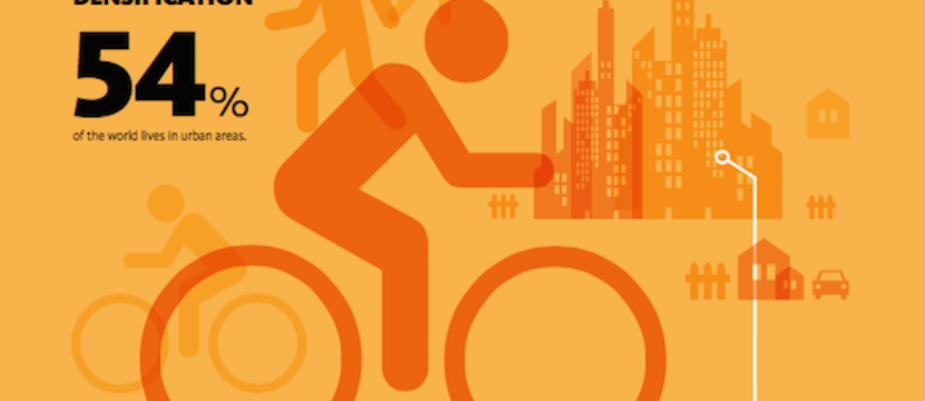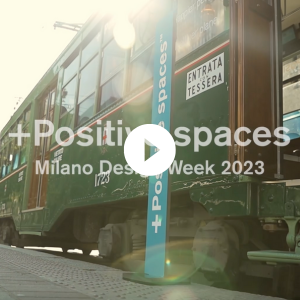
The end of the year (third WOW!’s anniversary) is the time to take an inventory and forecast the near future, and the articles of this last number of 2015 briefly express some of the chief factors of the ongoing change, that are more clearly marking the development of the next ways of working as well as the configuration of the workplace for our children or grandchildren.
They are already considering the Generation Z, whose needs are after all very similar to those of the more individualist grandparents, the Baby Boomers. Yet with a big difference: the Gen Z expects to find work environments meeting those requirements and wants to share them with other people; they regard it as a right and don’t tolerate to be disappointed.
Gensler’s Design Forecast sums up which are the key factors to design the workplace in a world broken into fragments, where technologies are dominant and information is pervasive. Digital supremacy leads to the reconsider the real values, the actual needs.
Some of the chief key factors?
To work everywhere. Under the name of Smart Working or Agile Working a philosophy is taking shape, that doesn’t change thoroughly the concept of work and place of work only, but even the life styles, the use of buildings and the development itself of Real Estate, because smart working is synonymous with hybridization and flexibility (as quoted Paolo Gencarelli of Unicredit at RE-Start conference).
And coworking definitely includes these elements and confirms its growth and the strong Community value, thus becoming a point of reference also for large-sized companies.
Desire for nature and respect for nature are also influencing planning on scalar quantity, from the product to interior design, architectural to urban design. Headquarters are more and more similar to Olivetti’s model of campus and integrated into nature and the territory. Even for smaller offices, a park or a terrace to work surrounded by nature is almost a must. Sustainability and wellbeing are the keywords of a new design thinking able to produce happiness (Francesco Schianchi calls it Anthropodesign).
The pursuit of wellbeing is also expressed in a planning increasingly conscious of the user’s experience, and environmental comfort (including acoustic interior design) which changes the very meaning of Beauty.
Perhaps it’s not necessary to aim high, it’s enough to focus on these themes to outline the near future, but we expect great stimuli from the next Milan International triennial exhibition “21st Century, Design after Design”, that will expound what to expect “after”.
Editorial by Renata Sias, editor WOW! Webmagazine
















